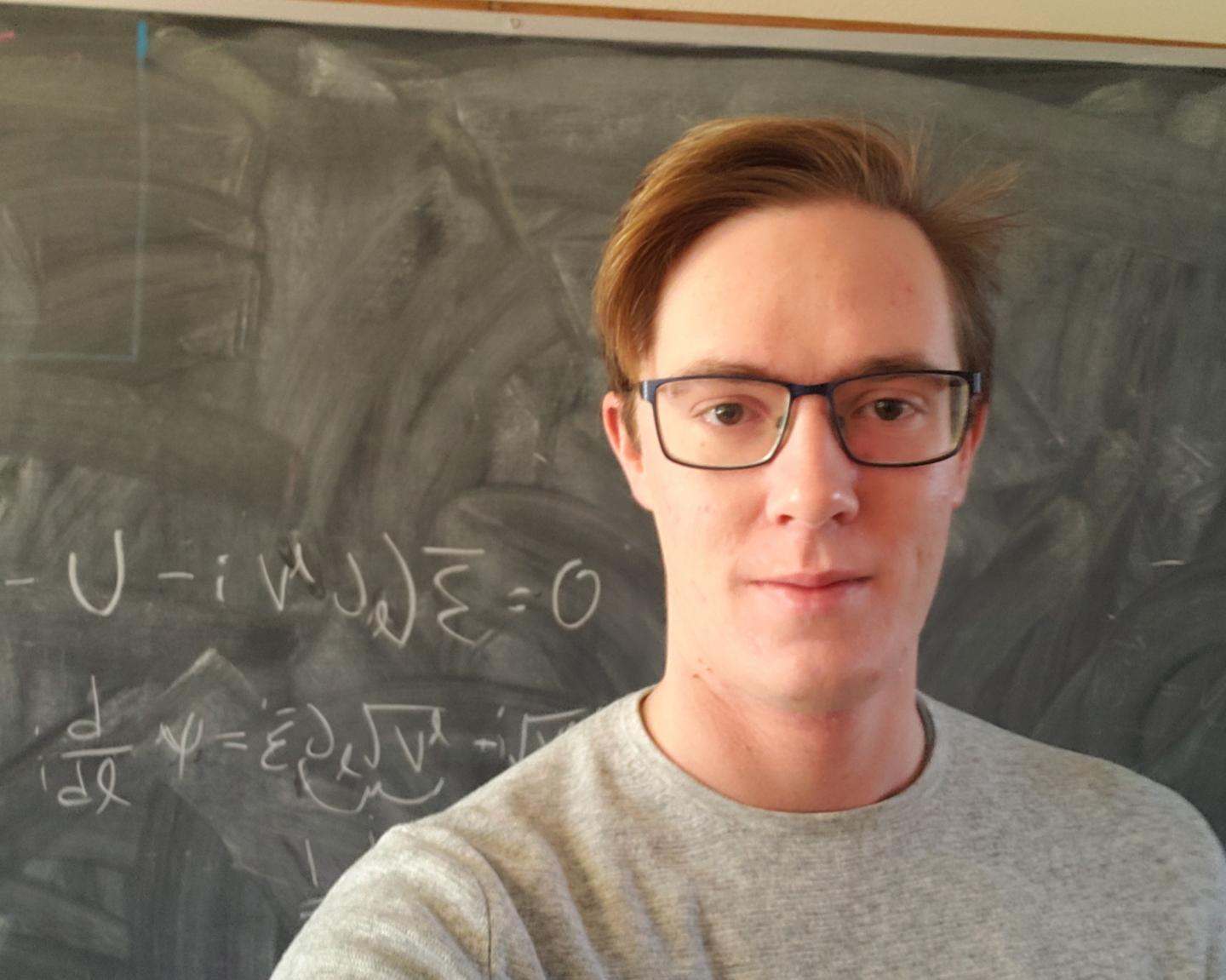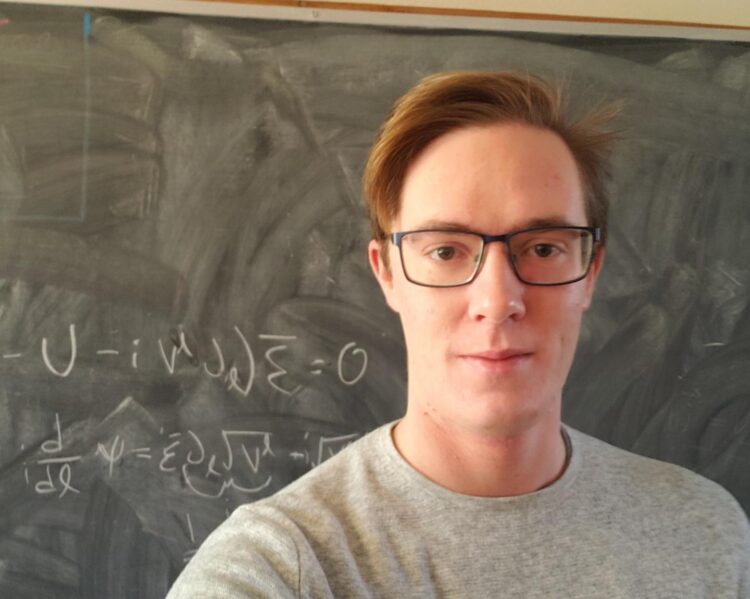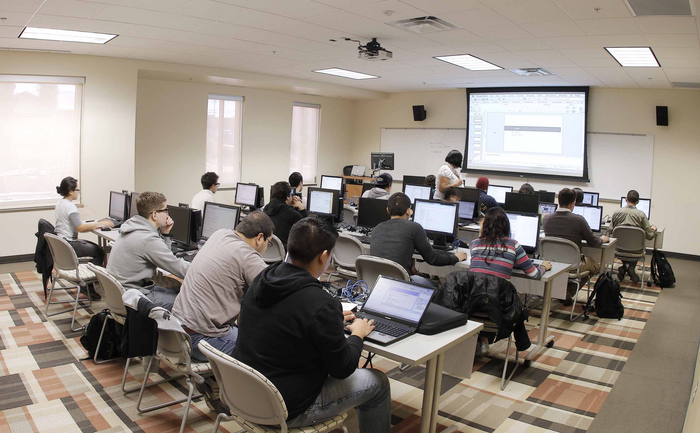
Credit: Elle Starkman / PPPL Office of Communications
One way that scientists seek to bring to Earth the fusion process that powers the sun and stars is trapping hot, charged plasma gas within a twisting magnetic coil device shaped like a breakfast cruller. But the device, called a stellarator, must be precisely engineered to prevent heat from escaping the plasma core where it stokes the fusion reactions. Now, researchers at the U.S. Department of Energy’s (DOE) Princeton Plasma Physics Laboratory (PPPL) have demonstrated that an advanced computer code could help design stellarators that confine the essential heat more effectively.
The code, called XGC-S, opens new doors in stellarator research. “The main result of our research is that we can use the code to simulate both the early, or linear, and turbulent plasma behavior in stellarators,” said PPPL physicist Michael Cole, lead author of the paper reporting the results in Physics of Plasmas. “This means that we can start to determine which stellarator shape contains heat best and most efficiently maintains conditions for fusion.”
Fusion combines light elements in the form of plasma — the hot, charged state of matter composed of free electrons and atomic nuclei — and generates massive amounts of energy in the sun and stars. Scientists aim to replicate fusion in devices on Earth for a virtually inexhaustible supply of safe and clean power to generate electricity.
The PPPL scientists simulated the behavior of plasma inside fusion machines that look like a donut but with pinches and deformations that make the device more efficient, a kind of shape known as quasi-axisymmetric . The researchers used an updated version of XGC, a state-of-the-art code developed at PPPL for modeling turbulence in doughnut-shaped fusion facilities called tokamaks, which have a simpler geometry. The modifications by Cole and his colleagues allowed the new XGC-S code to also model plasmas in the geometrically more complicated stellarators.
The simulations showed that a type of disturbance limited to a small area can become complex and expand to fill a larger space within the plasma. The results showed that XGC-S could simulate this type of stellarator plasma more accurately than what was previously possible.
“I think this is the beginning of a really important development in the study of turbulence in stellarators,” said David Gates, head of the Department of Advanced Projects at PPPL. “It opens up a big window for getting new results.”
The findings demonstrate the successful modification of the XGC code to simulate turbulence in stellarators. The code can calculate the turbulence in stellarators all the way from the plasma core to the edge, providing a more complete picture of the plasma’s behavior.
“Turbulence is one of the primary mechanisms causing heat to leak out of fusion plasmas,” Cole said. “Because stellarators can be built in a greater variety of shapes than tokamaks, we might be able to find shapes that control turbulence better than tokamaks do. Searching for them by building lots of big experiments is too expensive, so we need big simulations to search for them virtually.”
The researchers plan to modify XGC-S further to produce an even clearer view of how turbulence causes heat leakage. The more complete a picture, the closer scientists will be to simulating stellarator experiments in the virtual realm. “Once you have an accurate code and a powerful computer, changing the stellarator design you are simulating is easy,” Cole said.
###
Researchers performed the simulations using resources at the National Energy Research Scientific Computing Center (NERSC), a DOE User Facility. Support for this research came from the DOE Office of Science (Fusion Energy Sciences).
PPPL, on Princeton University’s Forrestal Campus in Plainsboro, N.J., is devoted to creating new knowledge about the physics of plasmas — ultra-hot, charged gases — and to developing practical solutions for the creation of fusion energy. The Laboratory is managed by the University for the U.S. Department of Energy’s Office of Science, which is the single largest supporter of basic research in the physical sciences in the United States and is working to address some of the most pressing challenges of our time. For more information, visit https:/
Media Contact
Raphael Rosen
[email protected]
Original Source
https:/
Related Journal Article
http://dx.






